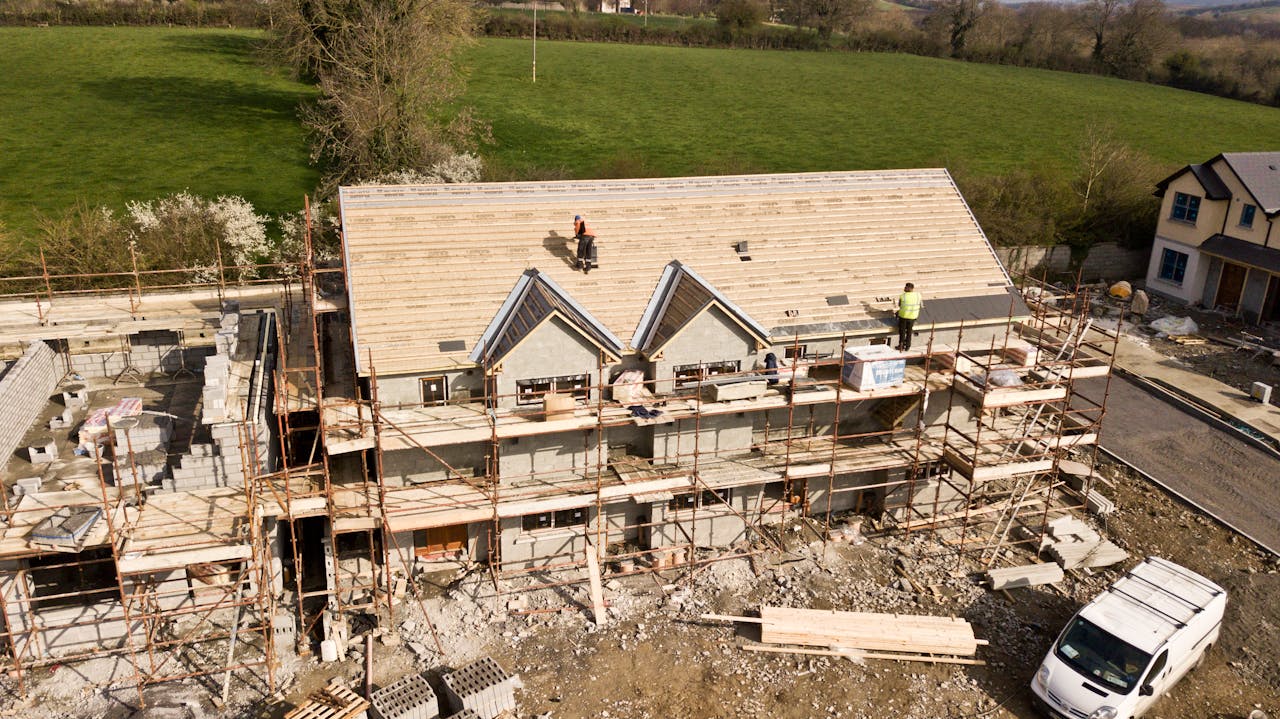Wood vent covers, frequently underappreciated yet crucial elements of a finely-tuned and cohesive interior design, serve a fundamental function in airflow regulation and upholding a sophisticated aesthetic in your residence. This often underestimated element of your home’s ventilation infrastructure can notably impact the visual and sensory ambiance of your living environment. Exploring the value of investing in wood vent covers and evaluating their merits against other commonly employed construction materials is key.
A Breath of Fresh Air: The Aesthetic Appeal of Wood Vent Covers
Imagine your living room transformed into a symphony hall. Each decor element, from the curtains to the wallpaper, plays a crucial role in a grand composition. Wood vent covers for a floor serve as the foundational chords, blending seamlessly with the overall melody. The rich warmth and natural beauty of wood vent covers enhance any room, creating a sense of comfort that surpasses other materials. Whether it’s mahogany or elm, every wood species carries a narrative of craftsmanship and timeless sophistication.
The Rock-Solid Choice: Durability and Longevity
Wood is synonymous with durability. Think of old libraries and heritage buildings – their wooden structures have withstood the test of time. Similarly, wood vent covers, when properly maintained, can last for decades, providing a durable solution to your vent coverage needs. This natural resilience can be seen as an investment in your home’s infrastructure, adding both value and stability to your living environment.
Every Cent Counts: Eco-Friendly and Sustainable Solutions
In an age where sustainability is key, wood vent covers offer an eco-friendly alternative to synthetic materials. Sourced from managed forests, these covers contribute to the conservation of natural resources and the reduction of the carbon footprint. By opting for wood, you align with the principles of green construction and sustainable living. Additionally, wood vent covers are biodegradable, ensuring that your environmental impact is as comforting as the air that circulates in your home.
The Perfect Fit: Types of Wood Vent Covers
There is no one-size-fits-all solution when it comes to wood vent covers; different types serve different purposes. Flush mounts provide a seamless look, self-rimming covers are the most common as they are easy to install, and baseboard registers offer an elegant finish to the floor’s edge. Each type caters to various architectural and design needs, ensuring a perfect marriage between function and style.
Comparative Analysis with Other Materials
Wood isn’t the only material used in vent covers. Metal and plastic are also popular choices, each with its benefits and drawbacks. For instance, metal vent covers are known for their strength and fire resistance, yet they lack the natural charm that wood exudes. On the other hand, plastic covers, often the most affordable option, may not be as visually appealing or as long-lasting as their wooden counterparts.
All things considered, wood vent covers are not just important; they are a crucial design and environmental choice for the conscious homeowner. As you renovate or build your home, give these unassuming features the attention they deserve. After all, even the smallest breeze can create a tidal wave of change within your living space.



